The article explains:

To create an NFT, you don't need to graduate from a programming course or study five years at university. The algorithm is quite simple, and even a schoolboy can cope with it. The main question is not how to create, but what to create. After all, NFT is not just a digital pastime, but a very real source of income.
Only when it becomes clear what to create, you can deal with how and where to do it correctly, and also to worry about the legal side of the issue. From our material you will learn how you can create NFT and monetize it.
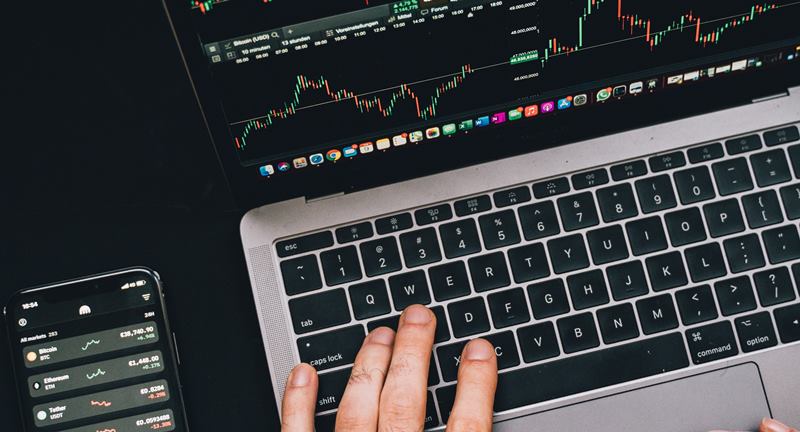
Today, NFT is one of the most discussed topics among people who are interested in cryptocurrencies. Moreover, even those who are far from the subject of digital money are interested in it. But so far not many people understand what NFT really is and how it works.
Some people compare NFT to collectibles. This comparison is wrong and can be misleading.
An NFT - a non-interchangeable token - is a unit of record that is used to create a digital cast for any unique item. By this definition we can understand that they are all unique. We should add that any cryptocurrency token contains a small amount of digital data. Essentially, an NFT is a small container of some information that moves around the blockchain between addresses.
On the Ethereum platform, NFT currently has features that have made the token very much in demand. They are expected to be implemented in other networks as well. These are options such as:
That's why it is not reasonable to store real data in it, e.g. a 32*32 picture file. Before you create an NFT, you have to enter information like a URL or a serial number into the token.
In short, an NFT is a unique piece of paper that can contain a serial number, a password, or a web address.
Let's refute common misconceptions on the subject:
All of this leads to the conclusion that NFTs are nothing more than unique pieces of paper with information associated with them, which can be used in trading.
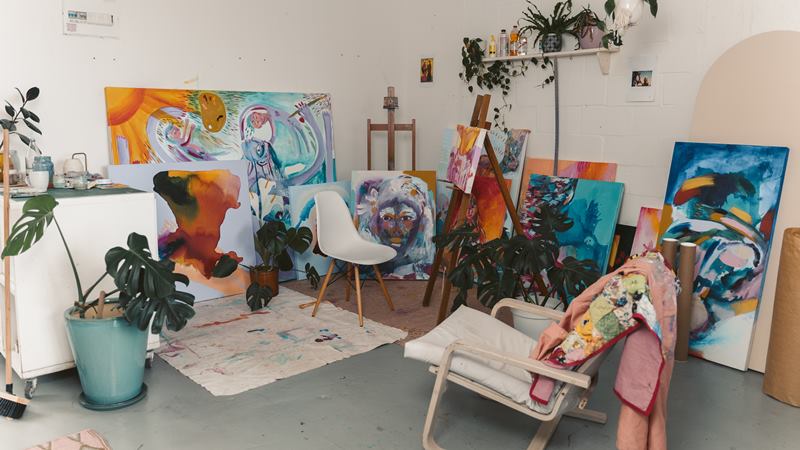
Not so long ago, there was a lot of buzz and rumors in the media surrounding NFT. Nowadays, more and more famous people, including from the creative industries, are posting the results of their work for sale on a blockchain platform.
It is possible to make an NFT out of almost anything that is unique - it can be a song by an author, a painting written (physical or digital) and much more. In this way, you can confirm the rights of the owner if necessary and prove that you have the original product and not a fake or copy.
If you have a creative gift, you can make excellent money with NFT by selling your work digitally. Depending on demand, the price of the token can go up. A prime example is the story of artist Mike Winkelmann. He sold an authoring token called "Every Day: The First 5,000 Days" on the cryptocurrency market for more than $69 million.
Today, a large number of artists sell their paintings using the NFT method on marketplaces that are based on blockchain. The high profits from sales speak for themselves.
Before you can create an NFT, you need three things:
You will also need to choose a blockchain platform to create your NFT.
What kinds of intellectual property can be turned into NFT in this way?
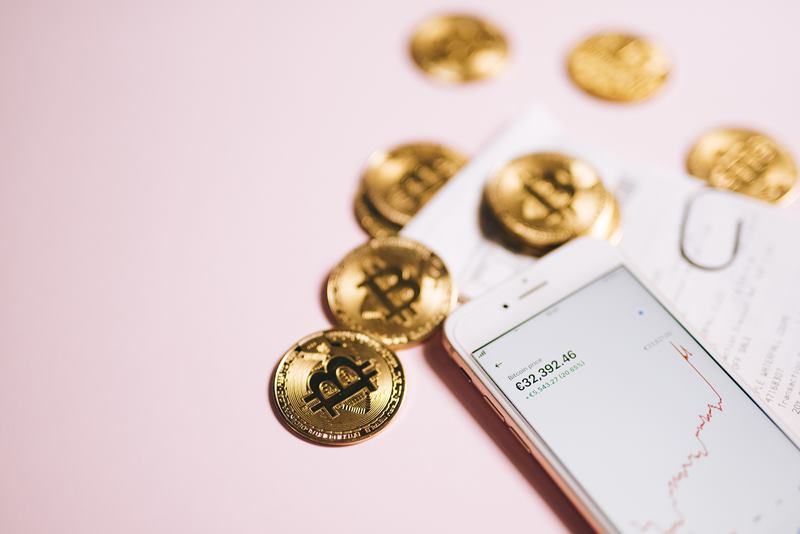
From all of this you can create NFTs and sell them as a whole product or in parts. Many outstanding inventions have been marketed in these two ways, protecting developers from illegal use.
This approach to the legitimate sale of intellectual property forms a marketplace in the NFT field. The method protects authors from the theft of the results of their work. It should be noted that not all products of intellectual activity can be assigned ownership. These include, for example, designs and schemes, various ideas and other developments. But with the help of NFT this problem is completely solved. And thanks to transparent transactions it is possible to avoid fraudulent sales.
It is important to understand what objects and items can be converted to NFT. Does this apply only to the results of digital art or also to creative works? Although it is not yet common, physical collectibles can also be converted into NFT. In these cases, the private key to the token wallet is usually embedded in the collection item itself, or provided separately.
For example, at an auction at Christie's (an auction house, the leader of the world art market), Robert Ellis' painting Portraits of a Mind was sold together with NFT on an OpenDime hardware wallet.
Still, digital art with tokens has so far sold more often than physical pieces of art. This method also allows for the conversion of collections from video games and financial products for passive steaming earnings. Crypto-art and NFT capabilities allow for different formats to be implemented.
It depends on the choice of network in which you are going to create such a token. Currently, there is not much difference between cryptocurrency wallets. Almost all of them support Ethereum and Binance Smart Chain platforms. Most people turn to these particular networks before creating an NFT.
In this matter, it's important to know if the platform supports your token. If you have an Ethereum token, you will need a wallet with appropriate blockchain support. If Tezos, you need a wallet that supports that NFT.
The most comfortable wallets to work with are MetaMask and Trust Wallet. They support transactions on most platforms. However, you should always check your wallet for the ability to support a particular blockchain.
Today, there are a large number of platforms where you can create NFT. The first token support was implemented by the Ethereum network. Currently, other blockchains, such as Polkadot and Tron, also provide such an opportunity.
However, most tokens with NFT are still sold on Ethereum and Binance Smart Chain. It is worth noting that the former network retains higher commissions compared to the Binance Smart Chain platform. But these are far from the only marketplaces where you can create and sell this kind of token. You can use one of the many marketplaces or NFT projects.
When choosing a platform, consider the blockchain you need to use. Almost all Binance Smart Chain protocols create NFT in the form of the BEP-721 token. So regardless of the choice of blockchain, technically the tokens will be the same.
If you need to exchange NFT quickly after creation, it is more convenient to choose a platform whose marketplace you are already familiar with. This will allow you not to transfer the token for exchange elsewhere.
The most convenient are the projects from Binance Smart Chain: BakerySwap, Juggerworld and Treasureland. Their advantage is low commissions and clear interface. BakerySwap has the largest marketplace. This can affect the speed of selling your product. What makes Treasureland special is the ability to create NFTs for free. If you want to use the Ethereum network, consider its two most popular projects: Opensea and Rarible.
The process of creating an NFT does not take much time. It will only take a few minutes if you know what file you are going to use. As an example, we give instructions on how to create an NFT on the Opensea trading platform Etherium:
That's it. The work of creating an NFT for your work is done. It's quick, easy and free.
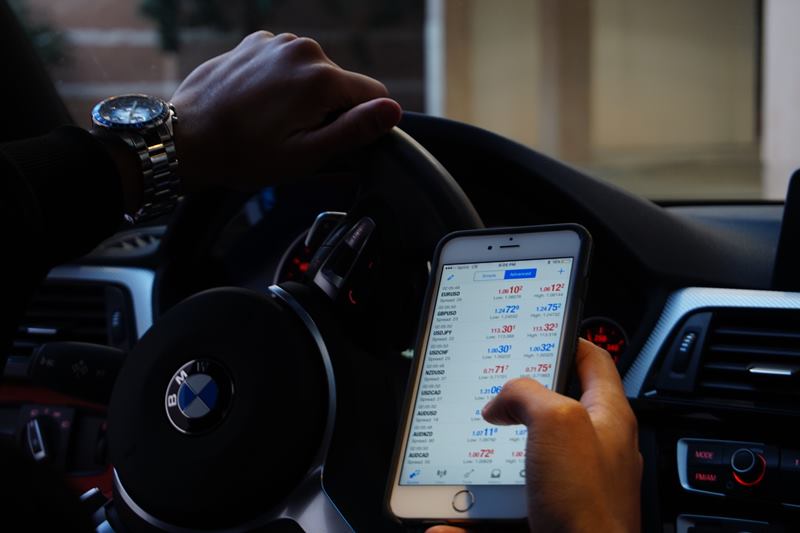
Now let's take care about the legal protection of your creative work:
On your personal computer, create a PDF document of your intellectual property and electronically sign it. A digitally signed document that is certified in this way has the same legal effect as a paper document signed by the hand of the property owner.
Then upload the signed document to the WIPO PROOF online service of the World Intellectual Property Organization ("WIPO") at the United Nations. You will be issued a WIPO token.
The WIPO PROOF site creates proof that your digital document actually exists. It also provides tamper protection. This is how creators protect their digital assets before creating and selling NFTs.
In the "Unlockable Content" which will be available only to you, put the IPFS link to the encrypted archive with all your project materials. Now post the IPFS link to the WIPO token, which is directly linked to the "WIPO" certificate.
There are no special costs for creating and storing digital creations. Payment may only be needed to verify the NFT to be put up for sale on the marketplace. OpenSea, Rarible and Nifty Gateway marketplaces on the Etherium platform are considered some of the best. As of 05/09/2022, the amount of commission on the platform was 0.03 Etherium.
The opportunity to earn from NFT looks quite attractive. But, as in the case with cryptocurrency, investing in non-interchangeable tokens implies certain risks. Currently, the prices of NFT are steadily increasing. Nevertheless, it is still difficult to make accurate predictions about how this sphere will change in the future.
 What is P R bond?
27/11/2023
What is P R bond?
27/11/2023
 What is Compulsory Convertible Debentures?
27/11/2023
What is Compulsory Convertible Debentures?
27/11/2023
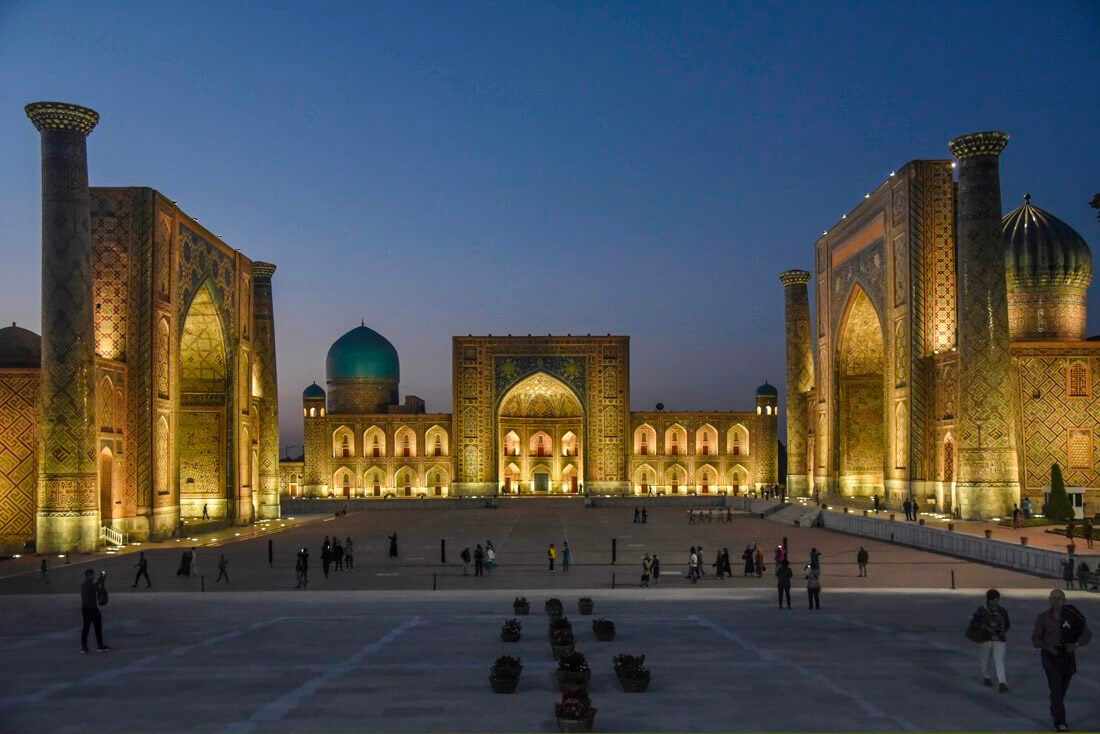 Dynamics of Central Asian Economies
17/11/2023
Dynamics of Central Asian Economies
17/11/2023